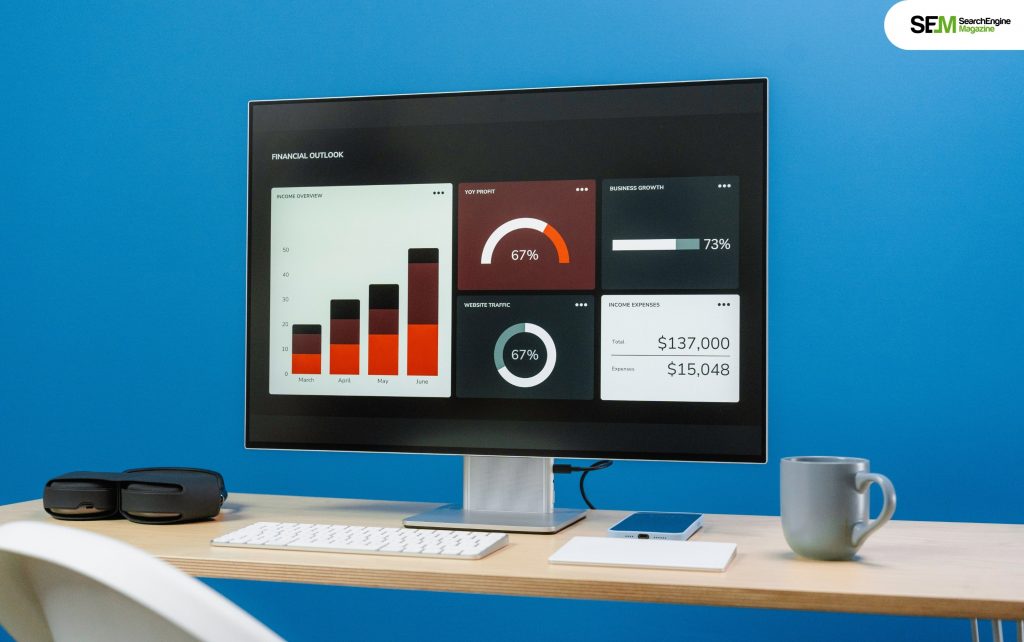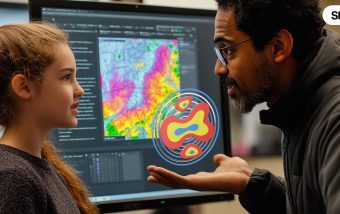Why Most Ecommerce Brands Misread ‘Low Traffic’ Product Pages (And How Smart SEO Agencies Fix It)
Dec 23, 2025

Dec 23, 2025

Dec 23, 2025

Dec 23, 2025

Dec 22, 2025

Dec 22, 2025

Dec 22, 2025

Dec 22, 2025

Dec 22, 2025
Sorry, but nothing matched your search "". Please try again with some different keywords.


2.Question: what scope levels available for dimensions and metrics?
Options –
Answer: Hit-level, session-level, product-level, or user-level scope
In this article, I have answered the question mentioned above. Please go through it to have a clear understanding of the topic.

The correct answer to this question is – the first option. The Scope determines the hits associated with a specific custom dimension value. The scopes have different levels, such as – hit, product, session, and user.
Here is an elaborate explanation –
The scope is one of many configuration values of the Custom Dimensions and the metrics. It specifies the data to which metrics or custom dimensions will be applied. Here is more about the scope –
The Scope is one of the key configuration values of the Custom Dimensions and the metrics. It defines the character of each of the dimensions and metrics. Each of the dimensions and metrics is limited to only one scope (they can have only one scope.) Google Analytics data is organized into four different types of scope –
Read More: Pros And Cons Of Google Analytics
A hit means any single action done on the website. These actions can be page-view or an event that happens when a video is watched or a pdf gets downloaded. These hits also have products associated with them.
| Dimensions | Metrics |
| Page | Pageview |
| Hostname | Time on Page |
| Event Category | Total Events |
While a hit is an action, a session includes a time frame with that action. A session is defined using the number of hits done within a specific time frame. It could be a person’s action during a single browsing session or the pages they load and the files they save. All of these actions are included within a session.
| Dimensions | Metrics |
| Landing Page | Sessions |
| Source/Medium | Bounce Rate |
| Campaign | Average session duration |
Users are a crucial part of previous and future web behaviors. Google Analytics stores client IDs for each and every user that visits the website. The GA can track all the session times spent on a website and connect it to the client ID of a specific user.
| Dimensions | Metrics |
| User Type | Users |
| Session Count | New Users |
| Geographic Location |
The Client ID is a value generated from the Google Analytics tracking code. This ID is stored in a cookie in the web browser of the users. You should understand the users are cookies, not people.
The cookies are connected to the web browser or a device. So, if a person uses a different web browser on a different device, it will generate two different users. Users consist of one or more sessions, and sessions consist of hits. The hits can be connected to more than one product.
This suggests that metrics and dimensions apply to a specific product in the settings of the eCommerce platform. An example of this can be the product name dimension. It tells us the name of a specific product that the visitors purchased or viewed during a particular session.

Scope in Google Analytics refers to how data is collected and applied within a platform. Scope is quite important for the correct and proper reporting and use of data, especially in using customized dimensions and metrics. Scope determines how your data is structured and how that data can be linked with specific types of interactions, users, sessions, or hits on your website. There are four key levels of scope in Google Analytics: user, session, hit, and product. Each of the scopes determines where and how data is applied; from customized reports to goal tracking, it influences everything.
Scope fundamentally defines the degree and context of reporting; what you’re looking at makes the difference. For example, if you set the tracking to a custom dimension at the session scope, all hits will be associated with that particular value within the session, while an entire session is applicable for it. On the other hand, if you have configured a custom dimension to be applied at the hit scope, data will only be associated with a particular action or pageview in connection with the hit.
When building reports in Google Analytics, knowing scope ensures that the data is being attributed correctly. If you mix the wrong scope types-for example, combining user-scoped data with hit-scoped data-your reports might show incorrect or misleading results. By aligning the scope of your custom dimensions and metrics with the goals of your reporting, you can ensure that you’re capturing accurate data for better decision-making.
Custom dimensions and metrics are effective in Google Analytics to track data not automatically captured. Their effectiveness depends on how you define and apply scope. When you create a custom dimension or metric, you must decide the scope that best fits the type of data you’re collecting:
It will track across multiple sessions and hits for a particular user because the custom dimension is set to user scope, which includes user-specific information like user type (e.g., “new” vs. “returning”) or loyalty program membership.
Careful choosing of the right scope for each of the custom dimensions and metrics will ascertain their meaning, which is right up your reporting needs.
Scope is very important in data acquisition, but of course, there are exceptions and nuance that might cause things to be more complicated. Following are a few important considerations:

It is pivotal to know the difference between dimension and metric in GA. Here is an elaborate description of the two –
Dimensions help with describing data in Google Analytics. For instance, a dimension might be a single hit or a page URL. On the other hand, the metric would be the Total Pageview for that URL. dimensions supply context for the metrics and help to improve our understanding of them.
However, we should also know that all the metrics need association with a dimension. An example of this is the user metric. It simply measures how many unique visits a website had. Although it does not give us any contextual information, it can still help us understand website traffic. Certification in Google Analytics requires a good understanding of both metrics and dimensions.
Read More: Your Small Business Guide to Google Analytics (Info-graphic)
I hope that you have found the answer to your question. However, here are some questions and answers. You may find them helpful.
Ans: User scope is the scope set for a custom dimension which reports membership status for customer reward programs.
Ans: Here are the four scope types when of LinkedIn –
1.User
2. Session.
3. Hit.
4. Product
Ans: There are two scopes for custom metrics – Hit and product level scopes. Hit-level custom metrics are associated with the hit-level dimensions they were sent with. Similarly, product-level custom metrics are aligned with the products which they were sent with.
What scope levels available for dimensions and metrics? The answer is – Hit-level, session-level, product-level, or user-level scope. Once you go through this article, the answer to these questions should be clear to you. However, if you have any further queries, you can ask us in the comment below. We will answer your question as soon as possible.
Read Also:
Shahnawaz is a passionate and professional Content writer. He loves to read, write, draw and share his knowledge in different niches like Technology, Cryptocurrency, Travel, Social Media, Social Media Marketing, and Healthcare.
View all Posts
Why Most Ecommerce Brands Misread ‘Low Traf...
Dec 23, 2025
Twitter Marketing: How To Promote & Engag...
Dec 23, 2025
Reporting SEO: How To Create The Perfect SE...
Dec 23, 2025
Guide To Agile Certification Courses At Itsm ...
Dec 22, 2025
Why SimRigs Turn-Key Racing Simulators Are th...
Dec 22, 2025

